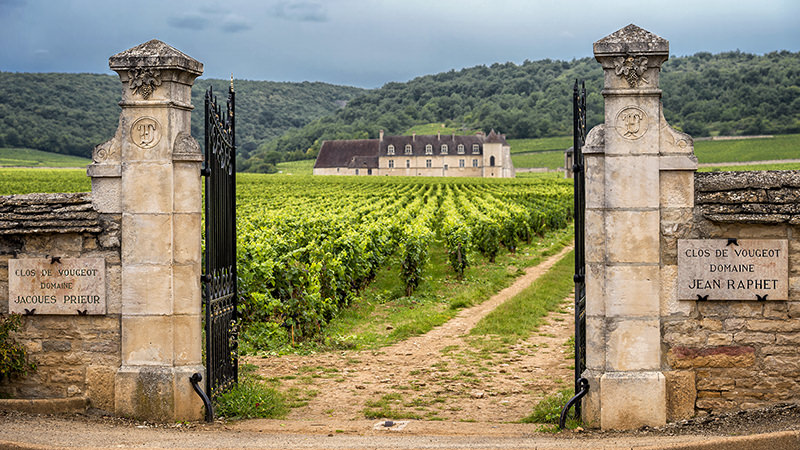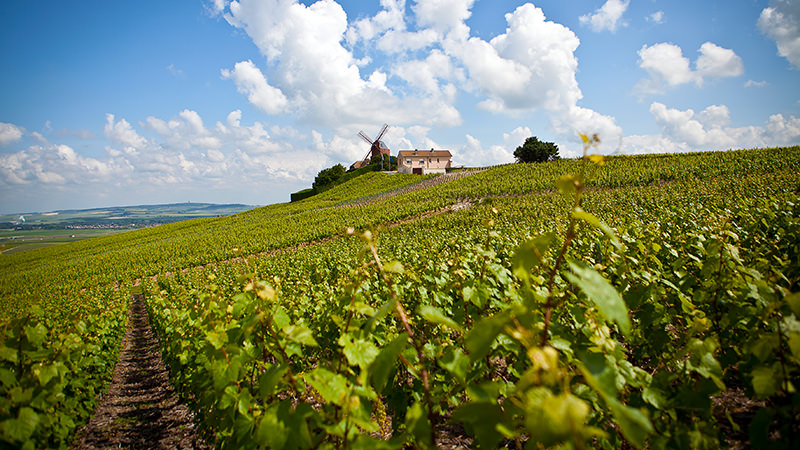
Every so often, UNESCO (United Nations Educational, Scientific and Cultural Organization) deems a place a “World Heritage Site” – a spot that’s so special it gets an international pat on the back. Think of the World Heritage List as an archive of humanity’s most important places – be they buildings, geographical areas, or cities. On July 4th, UNESCO added two wine-centric attractions to the exclusive list: The Climats of Burgundy, and the Champagne Hillsides.
Not that we needed UNESCO to tell us French wine country is one of the most important places in the world, but we appreciate them acknowledging this and spreading the word.
The recognized cultural landscape is comprised of two parts. First, the vineyards and associated production units including villages and the town of Beaune, which together represent the commercial dimension of the production system. The second part includes the historic center of Dijon, which embodies the political regulatory system that gave birth to the climats system.
The Climats consists of vineyards on the Côte de Nuits and the Côte de Beaune, both located south of Dijon. The two clusters take advantage of Burgundy’s incredible terroir, which is responsible for some of the best wine you can enjoy today, including high-end Pinot Noir and Chardonnay. According to UNESCO, “the site is an outstanding example of grape cultivation and wine production developed since the High Middle Ages.” We’ll drink to that.

The UN’s love for French wine doesn’t stop at Burgundy. The Champagne Hillsides, Houses and Cellars also get a shout out. It’s no surprise why – we’re pretty grateful for French bubbly. After all, with the exception of California, Champagne can only be produced in Champagne. The Champagne Hillsides property consists of three parts: the vineyards of Hautvilliers, Aÿ as well as Reims’ Mareuil-sur-Aÿ, Saint-Nicaise Hill, the Avenue de Champagne, and Fort Chabrol in Epernay. As UNESCO points out, the area encapsulates Champagne’s production process from grape growth to bottle distribution. Champagne is truly born and raised in Champagne.
While Champagne and Burgundy are certainly some of the best wine-making regions in the world, there are plenty of other places that produce fantastic alcohol – wine, beer, and spirits alike. Which areas would you nominate for UNESCO’s next installment of the World Heritage List?
